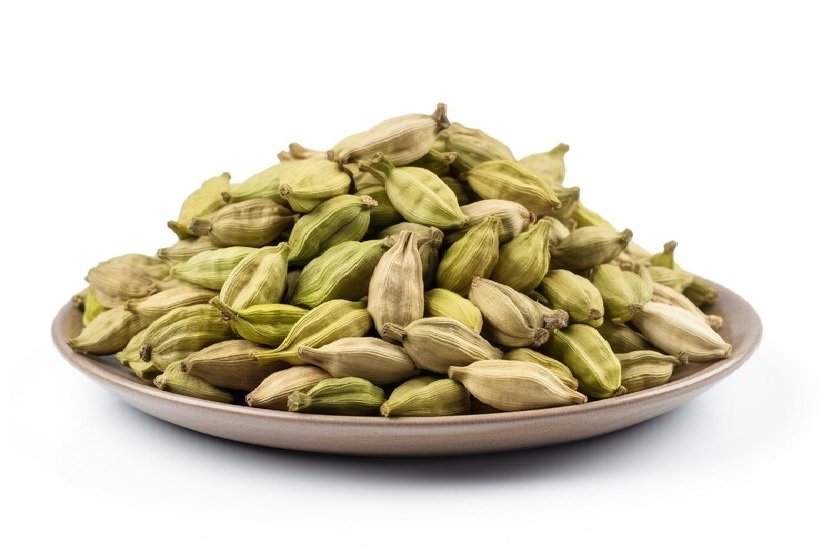Due to heavy fall in production and strong demand, cardamom prices are likely to rise
16-Nov-2024 04:10 PM

The cardamom market is facing significant volatility due to a sharp decline in production in both the major producing countries, India and Guatemala. Production is expected to fall by 40-45% this year, which is likely to create a tight supply situation. This is further compounded by the high demand expected for Ramadan, particularly from Muslim-majority countries, which could drive prices even higher in the first quarter of 2025.
Key Points:
Declining Production:
- Guatemala, typically the second-largest producer of small cardamom, is experiencing a massive production drop—expected to decline by 44% this year. The production from Guatemala is forecasted to fall to about 19,000 tonnes, compared to the usual 17,000 to 20,000 tonnes.
- In India, the production decline is attributed to adverse weather conditions in key growing regions like Kerala and Tamil Nadu. This reduction is likely to result in lower yields and less availability in the domestic market.
Rising Prices:
- Cardamom prices are expected to surge. In India, prices could reach as high as ₹3,500 per kg during the January-March 2025 period, especially as demand peaks for Ramadan. Currently, prices are expected to stay above ₹2,500 per kg and may continue to climb.
- The price of Guatemalan cardamom, usually lower than Indian cardamom due to its lighter quality, is also rising because of the production shortfall. As a result, Guatemala’s cardamom has become less affordable for Indian importers, limiting supply options.
Tightened Supply and Export Dynamics:
- The export of cardamom from Guatemala to India has become more challenging due to the reduced availability. In turn, this could lead to increased exports from India to Gulf countries, as Indian exporters take advantage of the gap left by Guatemala’s reduced exports.
- Despite these challenges, India’s cardamom exports to the Gulf region are expected to increase by February 2025. Indian exporters are likely to benefit from the lack of competition from Guatemala in this market.
Global Market Dynamics:
- While Guatemala traditionally supplies a significant portion of cardamom to North America and other regions like Mexico and Canada, it will have less stock available for Gulf exports this year. This could leave more room for Indian exporters to meet demand from the region.
- The demand from importing countries has been steadily rising, especially post-Diwali, and the Ramadan period will add further pressure on prices.
In summary, the cardamom market is likely to see sustained price hikes due to reduced production in both Guatemala and India, coupled with rising demand, especially in the lead-up to Ramadan. Exporters, particularly from India, may find it challenging to meet global demand, while prices may continue to strengthen in the coming months.
